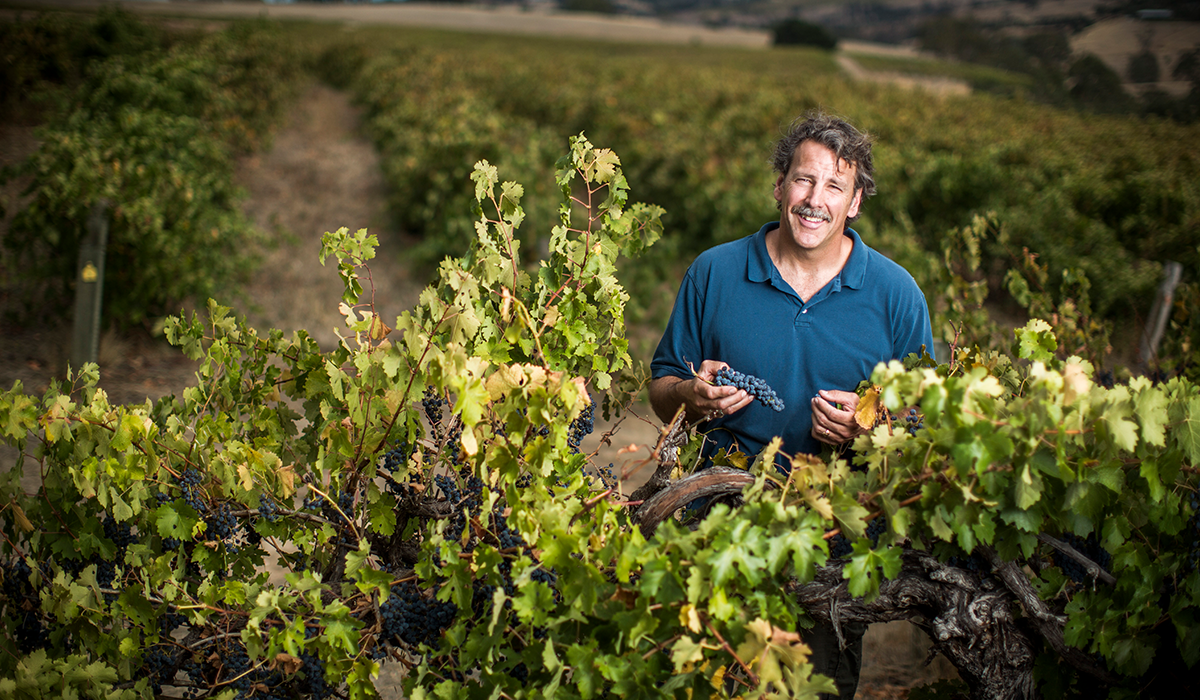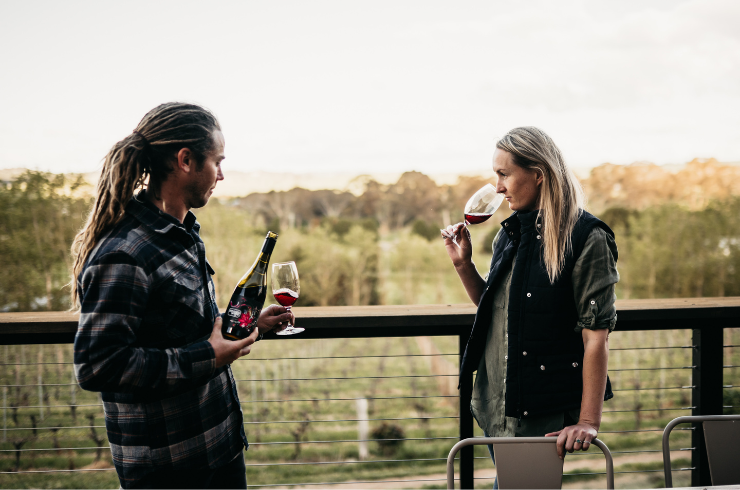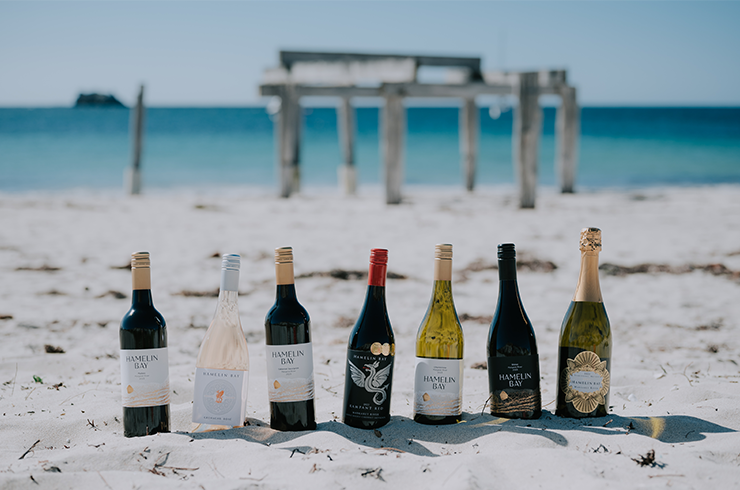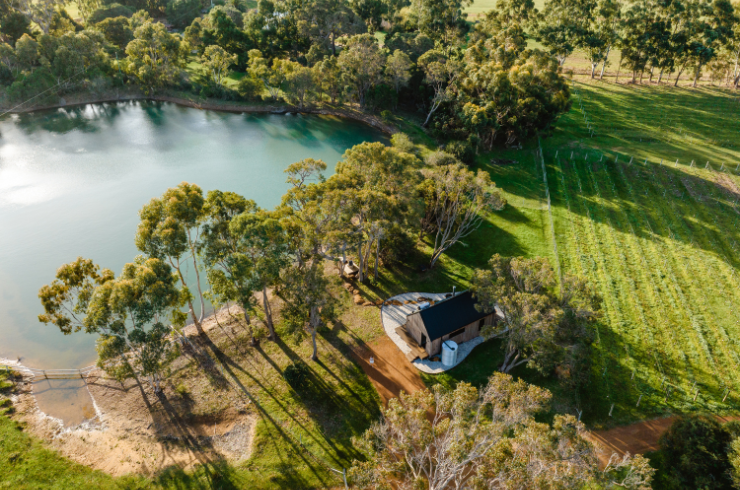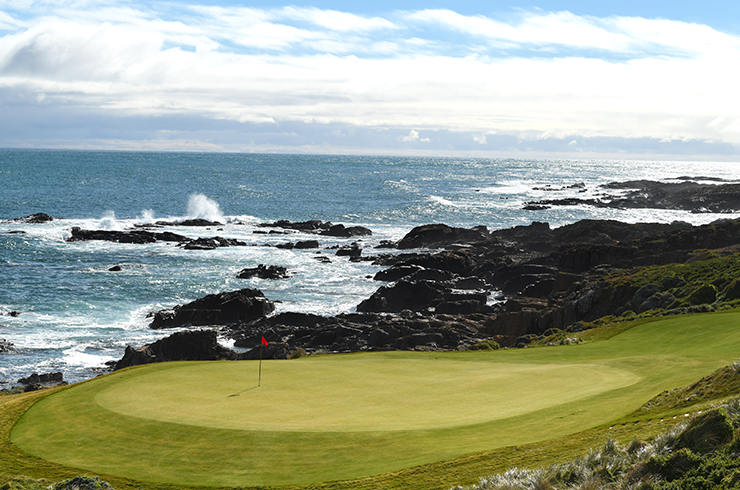Cabernet sauvignon is grown in most regions in Australia, but it thrives in South Australia. As these four winemakers will tell you, their job is to let the fruit shine.
Hickinbotham's Chris Carpenter, Hollick's Trent Nankivell, Riddoch's Tim Heath and Yalumba's Louisa Rose tell us how they approach the winemaking process and how they continue to produce the best expressions of cabernet sauvignon.
Chris Carpenter – Hickinbotham, McLaren Vale SA
H. How do you approach the winemaking process?CC. I make cabernet in three major regions that are further divided into 12 subregions. I want drinkers to experience each subregion’s unique character. I do this through a deep understanding of each region’s terroir, maximum attention in the vineyard and minimal intervention in the winery.
Over the years I have veered to picking at lower baumé and using less new oak. I started my career during a time when picking grapes along the ripeness curve happened further in the season. Mountain winemaking is driven a great deal by tannin development. Picking earlier preserves a lot more of the floral, red fruit notes, and drives a lighter hand on the oak.
H. In terms of style, what drives your cabernet sauvignon?
CC. An understanding of the farming to produce quality, imparting a sense of place, preserving that sense of place and the balance. The tactile experience of cabernet is incredibly important, the acid has to uplift the flavours. I want drinkers to experience that lift, depth and backbone with each glass.
Most of my cabernet is grown at elevation, specifically the Napa Mountains and the Clarendon region of McLaren Vale, and with that comes a concentration of flavour but also a larger concentration of tannins. Much of my job is working with those tannins to ensure they define place but don’t mask flavour.
H. How is cabernet sauvignon best enjoyed?
CC. In the company of good people and great food.
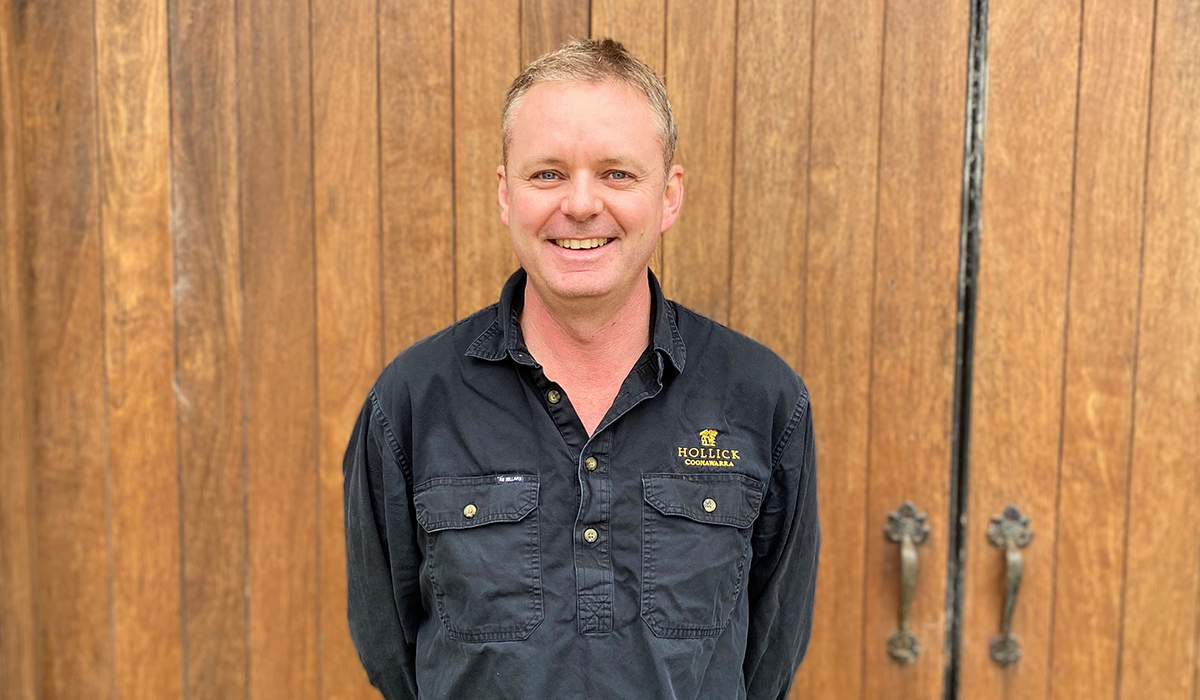
Trent Nankivell – Hollick, Coonawarra SA
H. How do you approach the winemaking process?TN. Relatively minimalist. I like to let the quality of the fruit do all the heavy lifting. The two vineyards that we source this fruit from have some very special rows in them that are low yielding, concentrated and just damn delicious.
I certainly used to pump over the ferments a lot more than I do now. I learned in my early days in Coonawarra to go by what feels right which has in turn softened the wines. I think it has made them much more approachable as younger wines. It’s the gentle touch!
H. In terms of style, what drives your cabernet sauvignon?
TN. A fantastic mix of two of our oldest cabernet sauvignon blocks (with any other outstanding barrels thrown in for good measure). The Wilgha vineyard to the west provides the beautiful aromatics and rich cassis flavours. The parcel from the east side of the winery block on the shallow Terra Rossa provides the minerality, drive and length.
We use open top five-tonne fermenters that gently pump over twice a day, and the wine stays on skins for 10–14 days. I wouldn’t say this is overly unique but it certainly works well for us.
H. How is cabernet sauvignon best enjoyed?
TN. Among the finest of people, sharing a hearty, rich meal in the depth of winter.
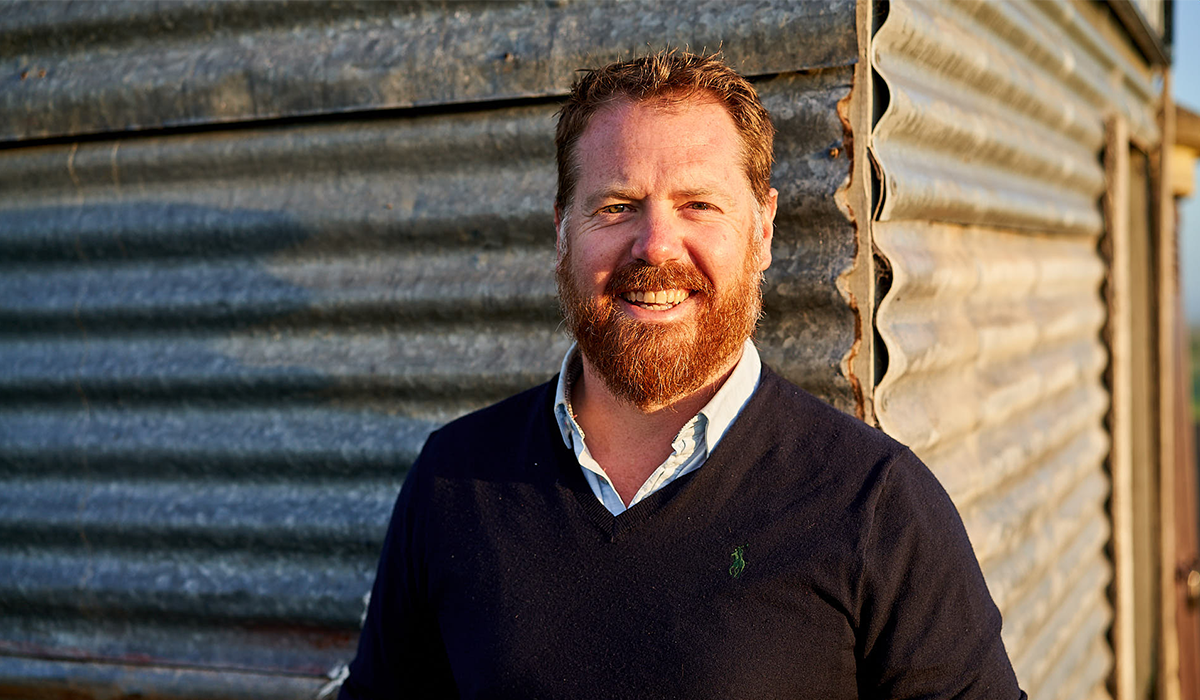
Tim Heath – Riddoch, Coonawarra SA
H. How do you approach the winemaking process?TH. The winemaking process starts in the vineyard. When you get this right, everything else follows. Balanced, healthy grapevines produce fantastic fruit. Our main task is to pick at the optimum time – we want bright, ripe flavours and physiologically ripe tannins. Gentle cap management and gentle pressing gives us the elegance that we aim for.
We have moved away from chasing very ripe grapes and high tannin levels. We are focused on picking earlier to capture fruit freshness and not working the ferments as hard. This means brighter, fresher wine with a greater sense of drinkability.
The Pastoralist Cabernet Sauvignon sits in the Vocation Series collection of wines from the awarded Riddoch Coonawarra. The Vocation Series pays tribute to John Riddoch – a man with multifaceted capabilities, reflected through expressive, single-vineyard wines and unique winemaking techniques. John Riddoch’s wool clip was the most highly prized in South Australia, he also established the Coonawarra wine region in 1890 with the aspiration of making the finest wine in the country.
H. In terms of style, what drives your cabernet sauvignon?
TH. The cabernets that we make are driven by a core of vibrant fruit purity, balanced oak input and streamlined, polished tannins. They are approachable in their youth but will also reward careful cellaring.
H. How is cabernet sauvignon best enjoyed?
TH. The wine is best served with good friends, family and great conversation. A delicious piece of beef or lamb from the southeast of South Australia doesn’t go astray, either.

Louisa Rose – Yalumba, Eden Valley SA
H. How do you approach the winemaking process?LR. We respond to the grapes each year. Minimalist intervention is key, and small batch winemaking gives us the opportunity to maximise every part.
Yalumba The Menzies Cabernet Sauvignon is 100 per cent estate grown cabernet sauvignon and has become one of Australia’s benchmark wines. The Menzies has built a long-standing reputation over the past 30 years. The long-term partnership between viticulturist and winemaker makes this a very exciting wine with each release.
Of course all great wines evolve as vines age, we learn, and our consumers evolve. As a six generational family-owned business, our philosophy has always been to improve the land and the communities in which we operate for future generations. We are committed to sustainable practices with the belief that healthier vines create better wines.
H. In terms of style, what drives your cabernet sauvignon?
LR. Style is defined by place. We make the picking call and nurture the wine. Menzies is in the heart of Coonawarra, on fertile, perfect terra rossa soil. The vines drink from the underlying limestone and what’s above ground is influenced from the great Southern Ocean air that rolls in over the low altitude land that lies between seas and grapes.
It comes from our own special and unique place – The Menzies Estate Vineyard, situated in the heart of Coonawarra’s terra rossa. We are privileged to have our own cooperage, where barrels are made specifically for each wine.
H. How is cabernet sauvignon best enjoyed?
LR. With people you love and food you enjoy. As with all wines, cabernet is best enjoyed when it is part of the creation of great memories. Ideally, cabernet should be decanted and allowed to relax. The wine is at its best alongside food with flavour and texture, particularly those with flavours from the earth.
Find out more.
Learn more about cabernet sauvignon in our essential guide.
This article was produced by Halliday Wine Companion in partnership with the featured wineries.
Top image credit: Yalumba.
